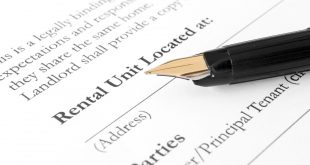Walk Score helps people find walkable places to live or invest in by utilizing a comprehensive program that evaluates addresses and their proximity to amenities to provides a rating between 0 – 100.
How does it work?
For each address, Walk Score analyzes hundreds of walking routes to nearby amenities such as stores, restaurants, parks, schools, medical offices etc. The closer the amenity the higher the points.
Maximum points are given to amenities within a 5-minute walk (.4 kilometres) and a degeneration function is used to give points to amenities that are further away. No points are given to amenities that take more than thirty minutes to walk to.
Walk Score calculates the walkability of a neighbourhood and focuses on how easy it is to live without heavily relying on the use of a car rather than how pleasant an area is for walking.
Walk Score also measures pedestrian friendliness by analyzing population density and road metrics like block length and intersection density. Several Data sources are utilized including Google, Education.com, Open Street Map, the U.S. Census and Localeze.
The following is a list that defines the terms that coincide with Walk Score’s point system:
Walker’s Paradise
90 – 100
Daily errands like food shopping and going to the cleaners
do not require a vehicle.
Very Walkable
70–89
Most errands can be completed on foot.
Somewhat Walkable
50–69
Some errands can be completed on foot.
Car-Dependent
25–49
Most errands require a vehicle.
Car-Dependent
0–24
Almost all errands require the use of a vehicle.
Daily errands can be accomplished on a
What does it all mean?
Property Value: A highly walkable neighbourhood results in higher property values. 1 point of walkscore is valued at approx. $3,000.00 in home value.
Health: People who walk more are healthier and weigh less. On average people in walkable places weigh 6 to 10 pounds less.
Convenience: Being able to access and enjoy local amenities without the use of a car saves time and money.
Economical: As cars are the second largest household expense living walkable lessons the need for a vehicle. You spend less money on your car
To find your score go to www.RedFin.com
 StoryLine By CondoNow
StoryLine By CondoNow



